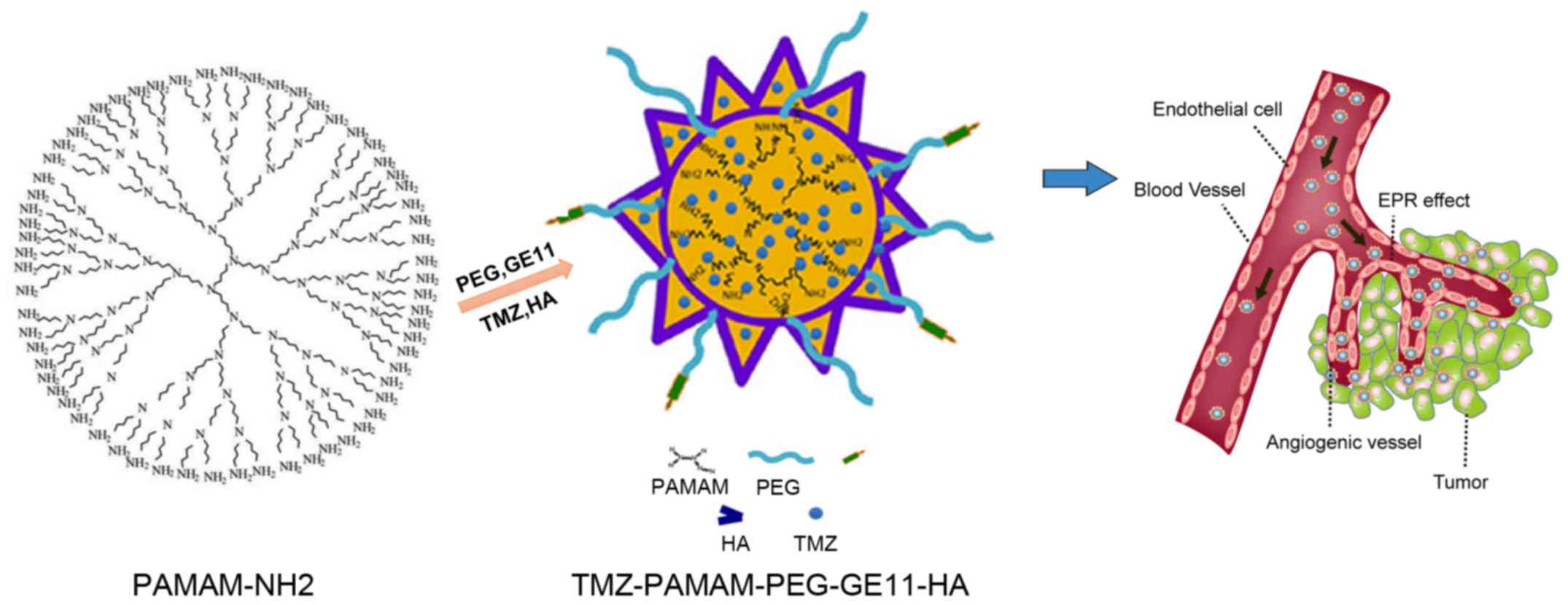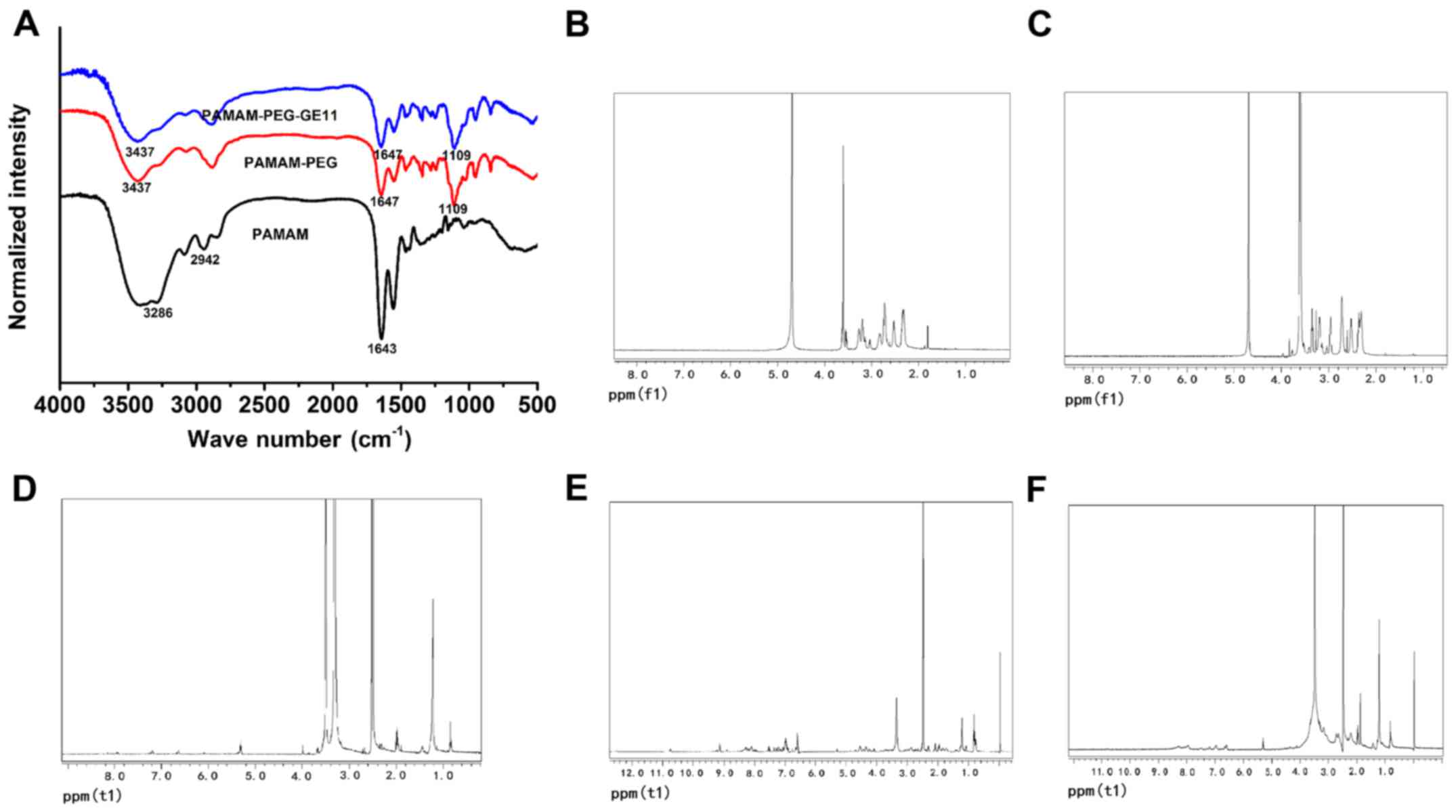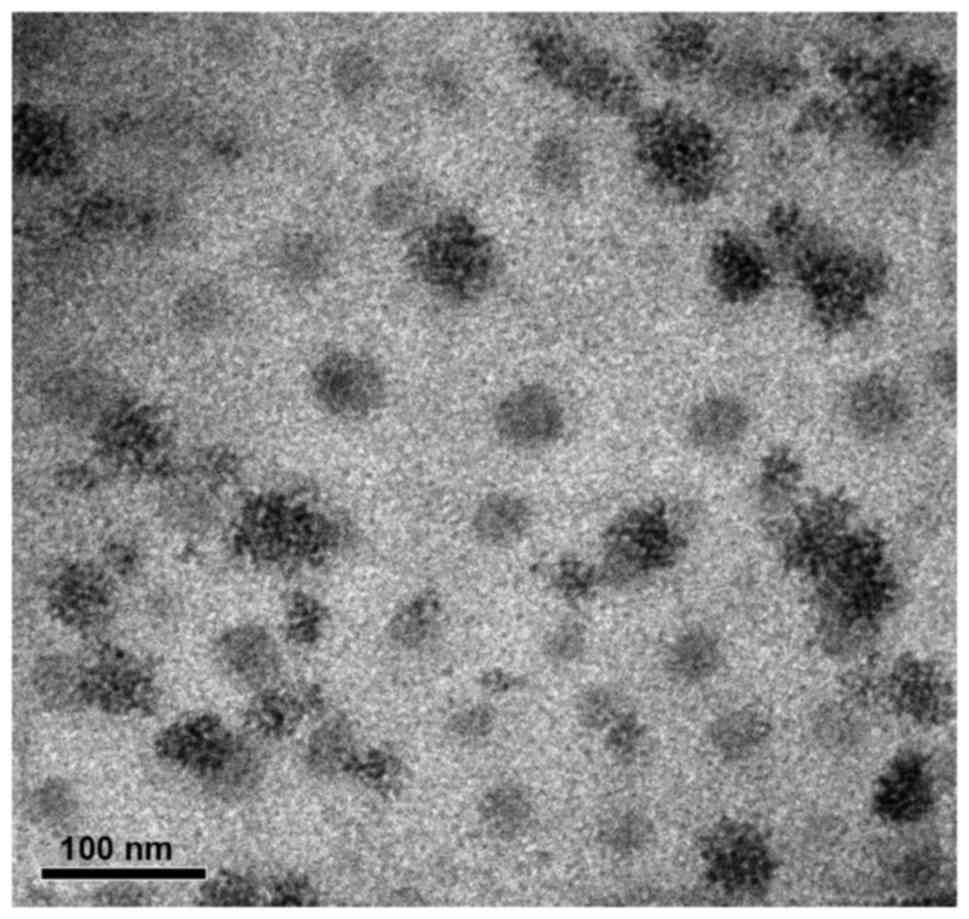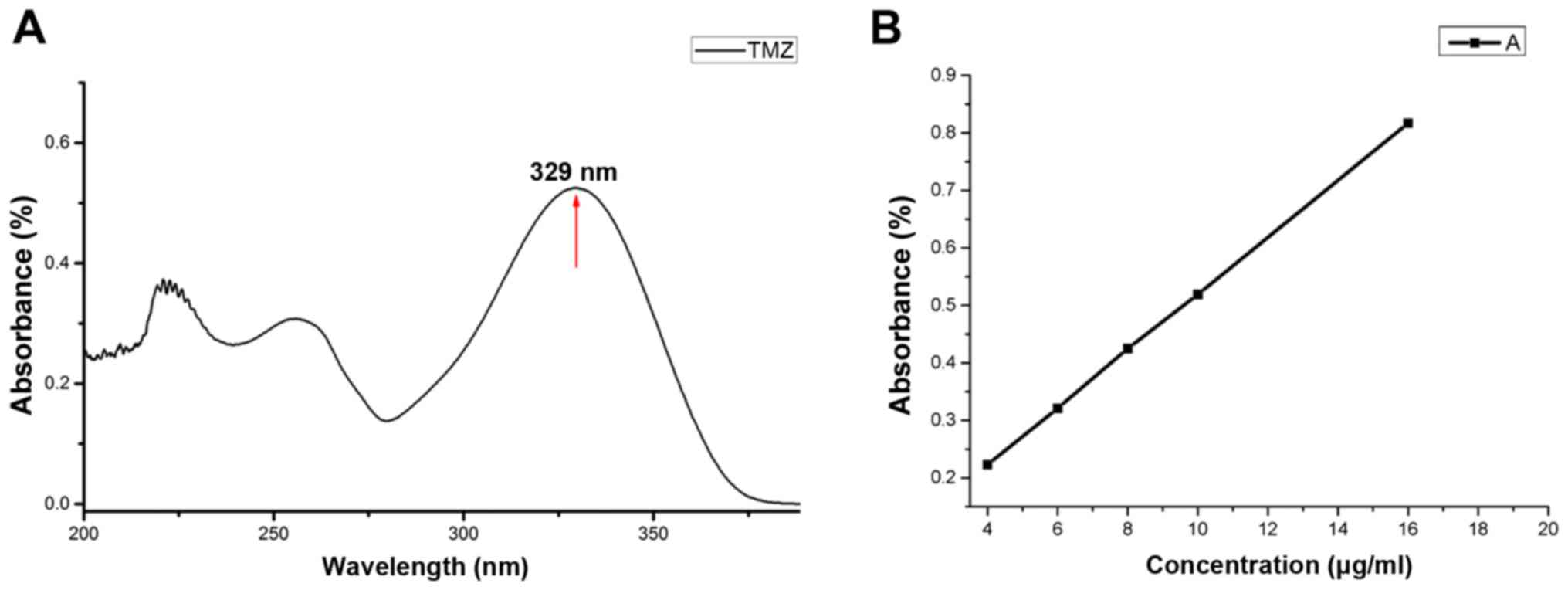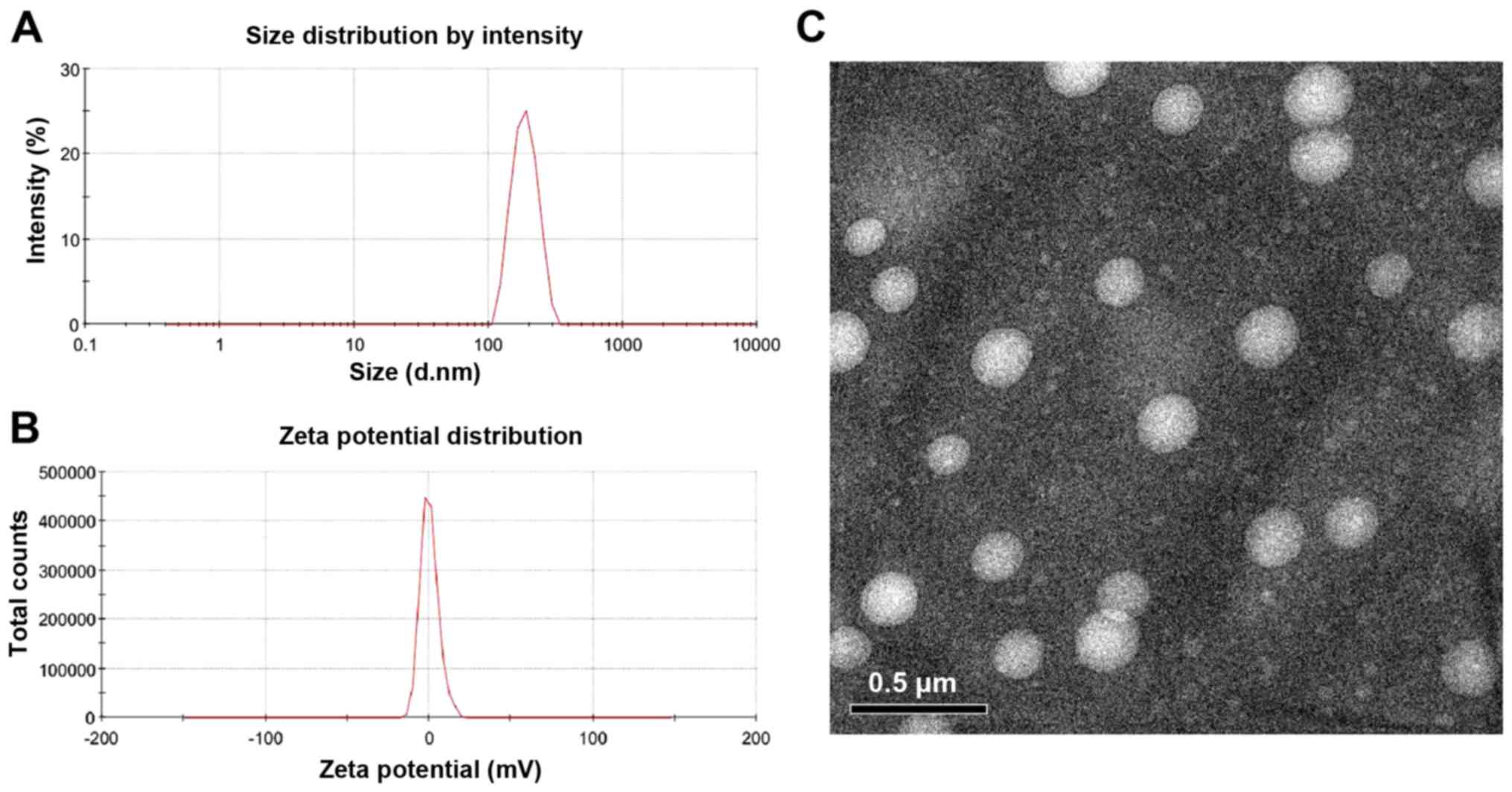|
1
|
Jemal A, Siegel R, Ward E, Murray T, Xu J
and Thun MJ: Cancer statistics, 2007. CA Cancer J Clin. 57:43–66.
2007. View Article : Google Scholar : PubMed/NCBI
|
|
2
|
Das Thakur M, Salangsang F, Landman AS,
Sellers WR, Pryer NK, Levesque MP, Dummer R, McMahon M and Stuart
DD: Modelling vemurafenib resistance in melanoma reveals a strategy
to forestall drug resistance. Nature. 494:251–255. 2013. View Article : Google Scholar : PubMed/NCBI
|
|
3
|
Luke JJ and Schwartz GK: Chemotherapy in
the management of advanced cutaneous malignant melanoma. Clin
Dermatol. 31:290–297. 2013. View Article : Google Scholar : PubMed/NCBI
|
|
4
|
Nakagawa E, Aimi Y, Yasuhara O, Tooyama I,
Shimada M, McGeer PL and Kimura H: Enhancement of progenitor cell
division in the dentate gyrus triggered by initial limbic seizures
in rat models of epilepsy. Epilepsia. 41:10–18. 2000. View Article : Google Scholar : PubMed/NCBI
|
|
5
|
Luke JJ and Ott PA: PD-1 pathway
inhibitors: The next generation of immunotherapy for advanced
melanoma. Oncotarget. 6:3479–3492. 2015. View Article : Google Scholar : PubMed/NCBI
|
|
6
|
Biasco G, Pantaleo MA and Casadei S:
Treatment of brain metastases of malignant melanoma with
temozolomide. N Engl J Med. 345:621–622. 2001. View Article : Google Scholar : PubMed/NCBI
|
|
7
|
Johannessen TC and Bjerkvig R: Molecular
mechanisms of temozolomide resistance in glioblastoma multiforme.
Expert Rev Anticancer Ther. 12:635–642. 2012. View Article : Google Scholar : PubMed/NCBI
|
|
8
|
Ott PA, Chang J, Madden K, Kannan R, Muren
C, Escano C, Cheng X, Shao Y, Mendoza S, Gandhi A, et al:
Oblimersen in combination with temozolomide and albumin-bound
paclitaxel in patients with advanced melanoma: A phase I trial.
Cancer Chemother Pharmacol. 71:183–191. 2013. View Article : Google Scholar : PubMed/NCBI
|
|
9
|
Bourzac K: Nanotechnology: Carrying drugs.
Nature. 491:S58–S60. 2012. View
Article : Google Scholar : PubMed/NCBI
|
|
10
|
Dufès C, Uchegbu IF and Schätzlein AG:
Dendrimers in gene delivery. Adv Drug Deliv Rev. 57:2177–2202.
2005. View Article : Google Scholar : PubMed/NCBI
|
|
11
|
Singh I, Rehni AK, Kalra R, Joshi G and
Kumar M: Dendrimers and their pharmaceutical applications - a
review. Pharmazie. 63:491–496. 2008.PubMed/NCBI
|
|
12
|
Svenson S: Dendrimers as versatile
platform in drug delivery applications. Eur J Pharm Biopharm.
71:445–462. 2009. View Article : Google Scholar : PubMed/NCBI
|
|
13
|
Sadekar S and Ghandehari H:
Transepithelial transport and toxicity of PAMAM dendrimers:
Implications for oral drug delivery. Adv Drug Deliv Rev.
64:571–588. 2012. View Article : Google Scholar : PubMed/NCBI
|
|
14
|
Vetter A, Virdi KS, Espenlaub S, Rödl W,
Wagner E, Holm PS, Scheu C, Kreppel F, Spitzweg C and Ogris M:
Adenoviral vectors coated with PAMAM dendrimer conjugates allow CAR
independent virus uptake and targeting to the EGF receptor. Mol
Pharm. 10:606–618. 2013. View Article : Google Scholar : PubMed/NCBI
|
|
15
|
Song S, Liu D, Peng J, Sun Y, Li Z, Gu JR
and Xu Y: Peptide ligand-mediated liposome distribution and
targeting to EGFR expressing tumor in vivo. Int J Pharm.
363:155–161. 2008. View Article : Google Scholar : PubMed/NCBI
|
|
16
|
Rubin KM: Management of primary cutaneous
and metastatic melanoma. Semin Oncol Nurs. 29:195–205. 2013.
View Article : Google Scholar : PubMed/NCBI
|
|
17
|
Maverakis E, Cornelius LA, Bowen GM, Phan
T, Patel FB, Fitzmaurice S, He Y, Burrall B, Duong C, Kloxin AM, et
al: Metastatic melanoma - a review of current and future treatment
options. Acta Derm Venereol. 95:516–524. 2015. View Article : Google Scholar : PubMed/NCBI
|
|
18
|
del Burgo LS, Hernández RM, Orive G and
Pedraz JL: Nanotherapeutic approaches for brain cancer management.
Nanomedicine. 10:905–919. 2014.PubMed/NCBI
|
|
19
|
Patil R, Portilla-Arias J, Ding H, Inoue
S, Konda B, Hu J, Wawrowsky KA, Shin PK, Black KL, Holler E, et al:
Temozolomide delivery to tumor cells by a multifunctional nano
vehicle based on poly(β-L-malic acid). Pharm Res. 27:2317–2329.
2010. View Article : Google Scholar : PubMed/NCBI
|
|
20
|
Thomas TP, Majoros IJ, Kotlyar A,
Kukowska-Latallo JF, Bielinska A, Myc A and Baker JR Jr: Targeting
and inhibition of cell growth by an engineered dendritic
nanodevice. J Med Chem. 48:3729–3735. 2005. View Article : Google Scholar : PubMed/NCBI
|
|
21
|
Xia T, Kovochich M, Liong M, Zink JI and
Nel AE: Cationic polystyrene nanosphere toxicity depends on
cell-specific endocytic and mitochondrial injury pathways. ACS
Nano. 2:85–96. 2008. View Article : Google Scholar : PubMed/NCBI
|
|
22
|
Conner SD and Schmid SL: Regulated portals
of entry into the cell. Nature. 422:37–44. 2003. View Article : Google Scholar : PubMed/NCBI
|
|
23
|
Albanese A, Tang PS and Chan WC: The
effect of nanoparticle size, shape, and surface chemistry on
biological systems. Annu Rev Biomed Eng. 14:1–16. 2012. View Article : Google Scholar : PubMed/NCBI
|
|
24
|
Yoon HY, Koo H, Choi KY, Lee SJ, Kim K,
Kwon IC, Leary JF, Park K, Yuk SH, Park JH, et al: Tumor-targeting
hyaluronic acid nanoparticles for photodynamic imaging and therapy.
Biomaterials. 33:3980–3989. 2012. View Article : Google Scholar : PubMed/NCBI
|
|
25
|
Eliaz RE and Szoka FC Jr:
Liposome-encapsulated doxorubicin targeted to CD44: A strategy to
kill CD44-overexpressing tumor cells. Cancer Res. 61:2592–2601.
2001.PubMed/NCBI
|
|
26
|
Appel EA, Rowland MJ, Loh XJ, Heywood RM,
Watts C and Scherman OA: Enhanced stability and activity of
temozolomide in primary glioblastoma multiforme cells with
cucurbit[n]uril. Chem Commun. 48:9843–9845. 2012. View Article : Google Scholar
|



